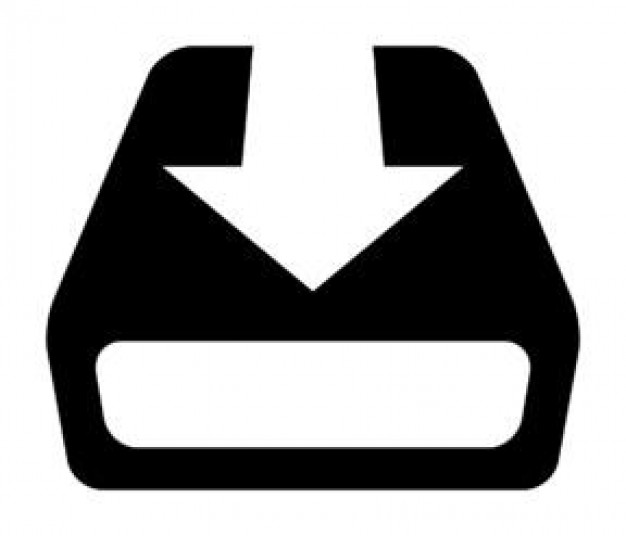This summer Olympia lawmakers and the Governor’s Office are tasked with figuring out how to fully fund K-12 basic education. The legislative-executive Education Funding Task Force is asking for community input to understand hwhat residents want from the K-12 education system.
 The Task Force has put out a request for Washington residents to submit their visions for the state’s K-12 future in the form of a written narrative statement. Help guide the process by sharing your blueprint for reforming Washington’s K-12 education system. Paint a picture of what a successful outcome would look like for statewide education reform.
The Task Force has put out a request for Washington residents to submit their visions for the state’s K-12 future in the form of a written narrative statement. Help guide the process by sharing your blueprint for reforming Washington’s K-12 education system. Paint a picture of what a successful outcome would look like for statewide education reform.
The Business Alliance has been working for years to strengthen Career Tech Education (CTE) in Washington State. The work has recently gained new relevance as funding gaps grow for vocational, hands-on learning in middle- and high-school classrooms.
You’re encouraged to learning was relevant and individualized, connected to future opportunities, and offered in a way that matches learning styles and dreams. The Legislature needs to have a shared understanding of how McCleary funding should be applied. That understanding should be informed by community input.
Submissions should be one page or less. The due date is September 6th, 2016. Send your statements to EFTFResponses@leg.wa.gov
We hope the Education Funding Taskforce is flooded with visions of rigorous, career-connected learning for Washington Students. Submit your vision now, and please emphasize the importance of Career & Technical Education.
Below is an example of a CTE-flavored vision statement. The Business Alliance is still tinkering with its own submission. Perhaps reading this can help jumpstart the creation of your own statement.
DRAFT
Every student in Washington State’s K-12 education system should engage in a rigorous and career-connected program of learning. High credentialed high school graduates are better equipped to succeed in career college. Washington students need individualized learning experiences, connected to future opportunities, and offered in a way that matches diverse learning styles and dreams.
- Students have access to hands-on, vocational coursework that emphasizes skillsets which are in-demand statewide and within their local communities.
- The business community provides continuous input regarding what competencies are most needed. Business need more opportunities to participate in new curriculum development.
- Students complete an occupational concentration in middle- and high-school (three or more vocational courses in a specific labor market area) which incorporate state math, science, and English standards.
- Career counselors work closely with students starting in middle school to identify career pathways that match their interests and talents, then guide them towards corresponding training and educational opportunities within a specific labor market area
- Exposure to different career opportunities begins very early (grade school).
- Quality assurance mechanisms ensure that vocational coursework is rigorous and aligned with current industry standards.
Career and technical education in K-12 closes both the achievement and skill gaps. Through hands-on learning, students acquire critical problem-solving skills and applied STEM knowledge. Incorporating relevant job skills into curriculum provides students the foundation to earn advanced degrees or industry credentials leading to fulfilling employment.
Submissions should be one page or less. The due date is September 6th, 2016. Send your statements to EFTFResponses@leg.wa.gov
